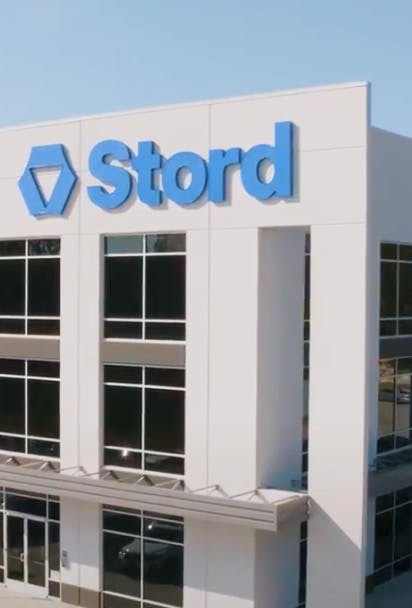September 17, 2019
If your business is expanding into new markets and you’re looking to add new warehousing or freight lane to your distribution network, consider using a third-party logistics provider who has an existing network of strategic warehouses instead of sourcing and partnering with a facility directly. Here are 9 things to think about before working directly with a 3PL partner:
1. Cost
3PLs often have at-cost, opaque pricing structures. A partner with an existing network has enough volume-based purchasing power and strategic, expansive relationships to offer under-market rates for logistics services.
2. Timeline
It may take four to six months to find and onboard the right 3PL for your business’s needs on your own. A partner with an existing network can move flexibly and offer supply chain management solutions quickly.
3. Software
Using different software capabilities between facilities fragments operations and communication. Find a partner who can offer a cloud-based software that connects all facilities in a network, providing inventory movement visibility and streamlined operations management. Real-time inventory updates means product that isn't available isn't sold, which is key to avoiding order fulfillment errors if you're selling through multiple channels like ecommerce.
4. Integration
Integration varies per 3PL company; a new integration may be required for every supplier and every warehouse location or include manual operations. A 3PL provider without any upfront integration requirements and with scalable access to an entire network can be flexible, without having to perform an integration for every new supplier or warehouse location. Inventory management data flows automatically between your ERP and your 3PL's software.
5. Implementation
Working directly with a third-party logistics provider means that you’ll need to dedicate time and resources to onboarding new 3PLs, which may take months. A networked partner can manage the launch and training for each new logistics company on your SLAs for you.
6. Contracts
Adding a new 3PL to your network may require a new and different contract at each additional facility, limiting your speed to launch and adding more complexity and risk to your supply chain. Using a provider with an established network only requires you to sign one MSA to access an entire warehousing network and allows you to contract more upfront.
7. Commitment
Each 3PL provider you directly partner with will require its own commitments, which can include multi-year agreements and multi-month onboarding processes. A networked partner can offer flexible warehouse space commitments in addition to multi-year deals, so you can enter new markets quickly and seamlessly, whether you're selling through ecommerce or brick-and-mortar channels.
8. Risk
Without access to historical data or a trusted partner, it can be difficult to feel confident you’ve chosen the right partner for your business and costly if you need to make a change. But a partner with an existing strategic network means you have access to existing data, supplier relationships, and a nimble network, removing some of the financial and operational risk of partnering with a new 3PL partner.
9. Expertise
A direct 3PL can provide operational support, but business optimization assets like analytics or operational cost-saving exercises aren’t guaranteed. Partner with a provider who can connect you with the operations, logistics, analytics and supplier experts you need. STORD partners with a network of 350+ warehouses across North America to provide custom warehousing and transportation management solutions. Our cloud-based software offers businesses complete visibility and control over their inventory, capturing data and analytics to identify areas of improvement, like where shippers can cut down on shipping costs. To learn more about how STORD can help optimize your distribution network, contact us.




